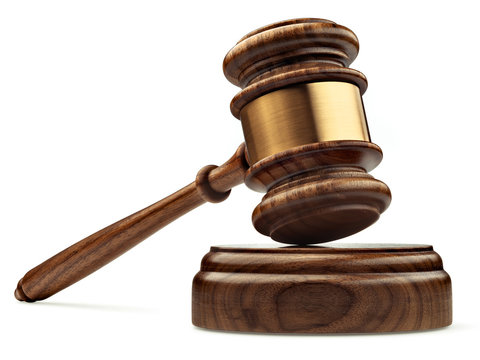Cyber Law
In my Cyber Law course, I gained a solid understanding of how legal principles intersect with technology and the internet. We covered key topics like intellectual property rights, privacy regulations, digital contracts, cybercrimes, and the legal implications of data breaches and cybersecurity protocols. This course emphasized the balance between user rights and the responsibilities of tech companies, exploring how legislation adapts to rapid technological advances.

Course Material
The ever-evolving landscape of the digital world is in constant need of scrutiny. Making, amending, and passing laws that can form to the changing environment is proving more difficult with each advancement made. Things such as AI, the blockchain, and even traditional areas like data encryption are difficult to legally traverse.
Another major challenge is jurisdictional complexity. The internet is global, but laws are usually local, creating conflicts when data or cyber incidents cross borders. For instance, different countries have varying standards for privacy protection; the GDPR in Europe mandates strict data control, while other regions have less stringent requirements. This disparity complicates compliance for international companies and raises questions about which jurisdiction’s laws apply during transnational cybercrimes.
I have learned a lot not only in the field of cyber security, but about the law itself. Learning these fundamental steps helps me better understand the challenges that go into charging someone with a crime committed using the internet as the primary tool that facilitates the crime. I also had the honor of speaking with a federal judge and asking them questions regarding the intricacies of charging an internet crime.